| Rye %: | 73% |
| Stages: | Stage 1 sponge, Stage 2 sponge, Final dough |
| Leaven: | Rye sour culture |
| Start to Finish: | 36-48 hours |
| Hands-on Time: | 35-45 minutes |
| Yield: | Two 1½ lb./700 g loaves |
It recently occurred to me that most of the breads I’ve posted have been German and Eastern European, with an Alpine and Swedish bread thrown in for variety. But, in fact, those breads don’t begin to scratch the surface of rye’s diversity, so in the interest of broadening the map, I chose a French rye for my latest bake.
“A French rye?” you say. “Rye from the land of baguettes and batârds; épis, fougasses and boules?” To which I reply, “Indeed; for the French were eating rye long before wheat, and the rye traditions are still strong along the sandy coastal plains of Normandy and Brittany, the Basse-Alpes region of Provence, and in the Auvergne, which centers on the Massif Centrale – the vast volcanic highland that dominates south central France and accounts for about 15% of its total area.
This bread is especially interesting for a couple of reasons: First, like most French breads, it contains only flour water, salt and, in this case, wild yeast. Second, and more intriguing, is that it’s built on a long-fermented 2-stage sponge that, at 167%, is so highly hydrated that it seemed to me like the rye equivalent of a poolish. Because of its long fermentation, the sponges account for less than 23% of total flour, which is well below the standard threshold of 30% for sponge-only leavening.
Given the nature of the sponge, I was expecting an intensely sour flavor profile; instead, I was rewarded with a moist, close-crumbed, beautifully balanced bread that featured the sweetness of the rye that gradually transformed into a nuanced sour finish.
Like the wheat breads of the French lowlands, this Auvergne rye is a splendid accompaniment to just about anything edible, from strong-flavored cheeses and charcuterie to savory stews and hearty soups. I also like it with a thin coating of butter, accompanied by bites of lightly salted radish.
Stage 1 Sponge:
| Ingredient |
Grams |
Ounces* |
Baker’s |
| Whole rye flour |
75 |
2.65 |
100% |
| Warm (105°F/41°C) water |
125 |
4.40 |
167% |
| Rye sour culture |
20 |
0.70 |
27% |
Combine the Stage 1 sponge ingredients by hand until they take on the consistency of a loose batter, cover and ferment at room temperature (70°F/21°C) until bubbly and collapsed back to near its original volume 18-24 hours.
Stage 2 Sponge:
| Ingredient |
Grams |
Ounces* |
Baker’s |
| Whole rye flour |
150 |
5.30 |
100% |
| Warm (105°F/41°C) water |
250 |
8.80 |
167% |
| Stage 1 sponge |
220 |
7.75 |
147% |
 Combine the Stage 2 sponge ingredients by hand. Cover and ferment at room temperature 12-18 hours. The sponge will be very vigorous at first, but fermentation will slow and the sponge will be very bubbly, have a moderately sour smell and will have reached about double its original volume.
Combine the Stage 2 sponge ingredients by hand. Cover and ferment at room temperature 12-18 hours. The sponge will be very vigorous at first, but fermentation will slow and the sponge will be very bubbly, have a moderately sour smell and will have reached about double its original volume.
Final Dough:
| Ingredient |
Grams |
Ounces* |
| Whole rye flour |
500 |
17.65 |
| Bread flour |
275 |
9.70 |
| Warm (105°F/41°C) water |
350 |
12.35 |
| Stage 2 sponge |
620 |
21.85 |
| Salt |
16 |
0.55 |
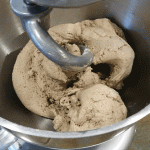 Combine the flours, water and Stage 2 sponge in the mixer bowl and use the dough hook at low (KA2) speed to mix until the dough comes together into a firm mass and cleans the sides of the bowl, 4-5 minutes. Cover and ferment at room temperature 30 minutes.
Combine the flours, water and Stage 2 sponge in the mixer bowl and use the dough hook at low (KA2) speed to mix until the dough comes together into a firm mass and cleans the sides of the bowl, 4-5 minutes. Cover and ferment at room temperature 30 minutes.
Add the salt and mix as before until the salt is fully incorporated, 5-6 minutes. Cover and ferment at room temperature until doubled in volume, about 2½ hours.
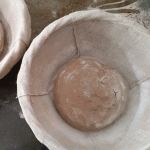 Turn the dough onto a lightly floured work surface, knead it back to its original volume and divide it into two pieces, each weighing approximately 31 oz./880 g. Form each into a boule and place seam-side up into a well-floured banneton or cloth-lined proofing basket. Cover and proof at room temperature until the surface of the dough shows cracks, 60-75 minutes.
Turn the dough onto a lightly floured work surface, knead it back to its original volume and divide it into two pieces, each weighing approximately 31 oz./880 g. Form each into a boule and place seam-side up into a well-floured banneton or cloth-lined proofing basket. Cover and proof at room temperature until the surface of the dough shows cracks, 60-75 minutes.
Preheat the oven to 535°F/280°C with the baking surface in the middle and a steam pan on a lower shelf. Turn the proofed loaves onto a well-floured peel, if using a baking stone, or a parchment-lined sheet pan and slash each loaf to a depth of at least ¼”/0.6 cm.
Bake with steam 15 minutes, then remove the steam pan, lower the temperature to 480°F/250°C and bake for an additional 15 minutes. Reduce the temperature again, to 425°F/220°C and bake until the loaves thump when tapped with a finger and the internal temperature is at least 198°F/92°C, 30-35 minutes. Transfer to a rack and cool at least 12 hours before slicing.
*Rounded to nearest 0.05 oz.
Baker’s Percentages:
|
Ingredient |
g |
% |
| TOTAL FLOUR |
1,000 |
100.00% |
| Whole rye flour |
725 |
72.50% |
| Bread flour |
275 |
27.50% |
| Water |
725 |
72.50% |
| Salt |
16 |
1.60% |
| Rye sour |
20 |
2.00% |
| TOTAL FORMULA |
1,761 |
176.10% |
| % Total flour prefermented |
225 |
22.50% |

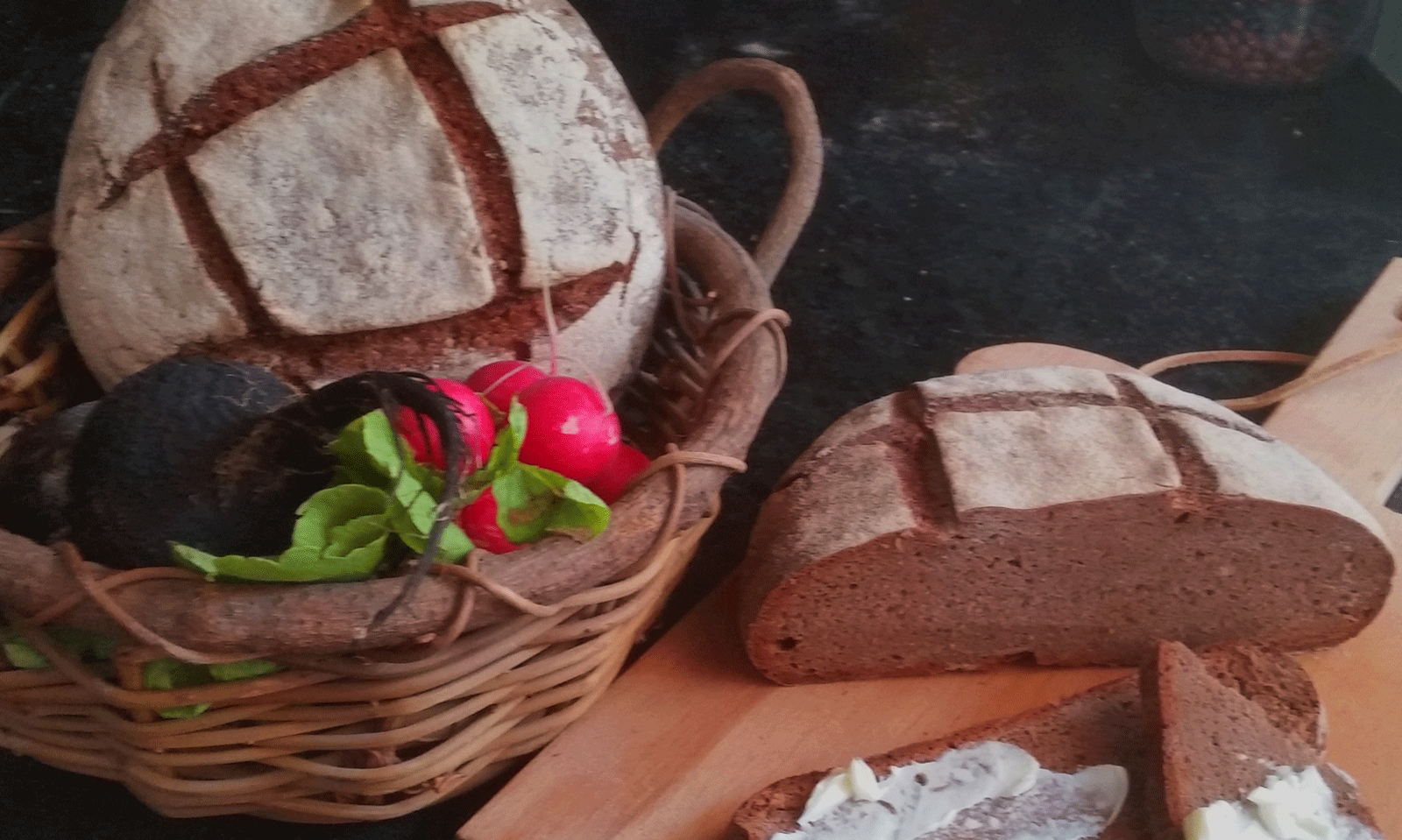
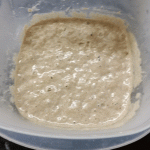
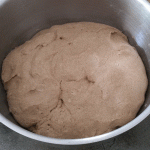
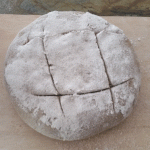
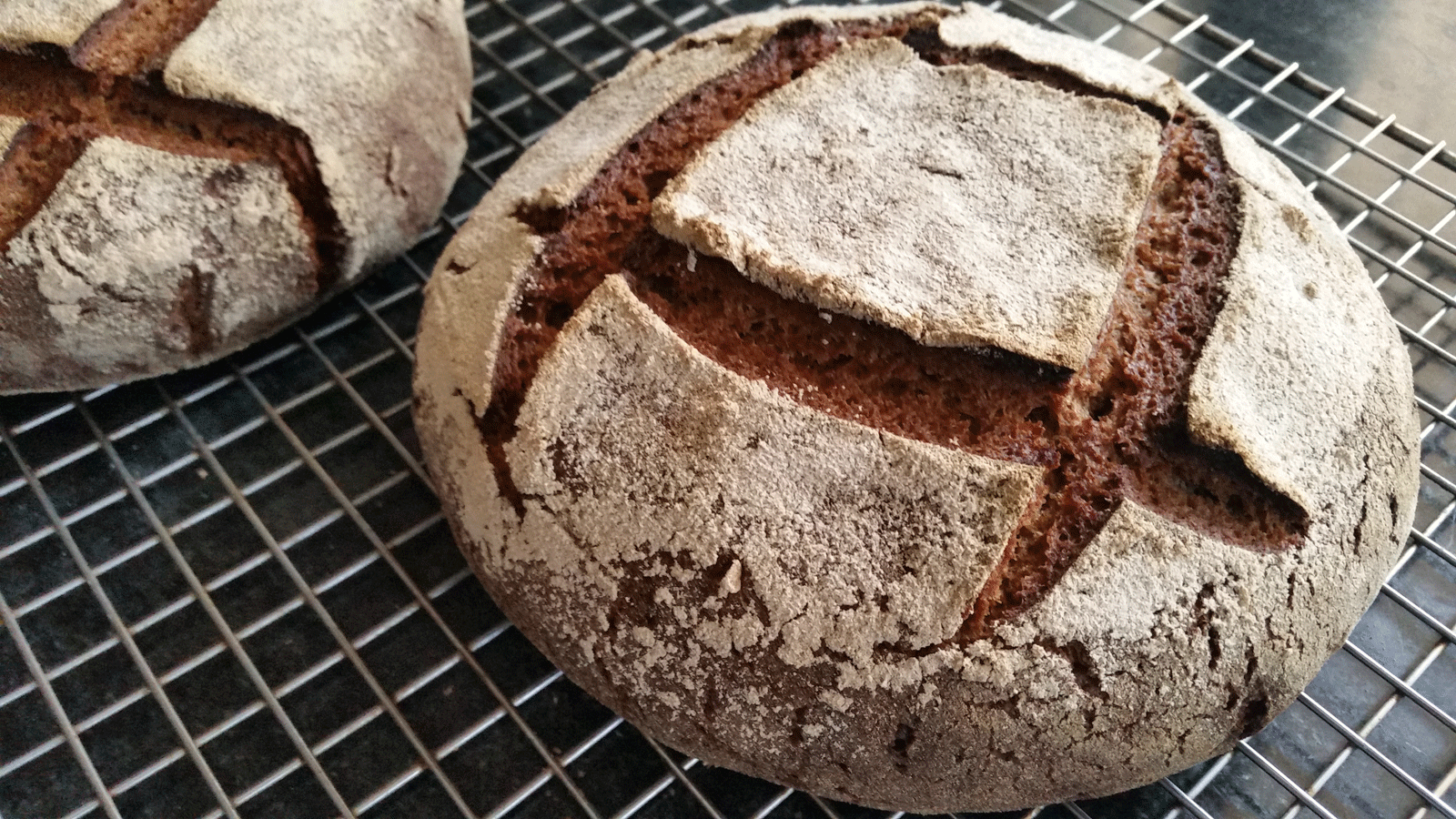
David Snyder
May 4, 2016This looks to be another bread I must make. Thanks!
I attempted a pain de seigle some years ago with poor success. This formula shows much more promise.
Best regards,
David
Ian Sandman
May 5, 2016This looks like a must try bread Stanley. Thanks for sharing and the detailed write-up.
Regards,
Ian
Mark Woodward
May 11, 2016I tried this recipe a couple of days ago and ran into a couple of problems. First, I should have been more attentive to the hydration. Given the flour I was using (Anson Mills’ French Mediterranean White Bread Flour and freshly milled whole rye) this amount of liquid was too much, which meant that the dough didn’t pull away from the mixer as described and I got some spreading when I put the loaves into the oven. And second, I think something is wrong with the baking instructions. After 20 mins (not 30-35 as in the instructions) at 425° (without convection), the loaves were already overly baked with an internal temperature of 211° and a crust that was too thick and overly caramelized. That being said, the crumb is delicious – this is definitely a bread to try again. Many thanks Stanley for posting all these recipes – this is exactly the kind of bread I wanted to be baking when I started out a couple of years ago. Much appreciated. Mark
: )
Stanley Ginsberg
May 11, 2016Odd … The information I provided was based on my own experience, using a blend of General Mills 000 Medium Rye and Bay State Wingold Dark Rye, plus GM Harvest King bread flour. Clearly, the combination of Anson Mills (whose products I respect and would carry, if shipping weren’t such a challenge) and the freshly milled rye would indeed have cut the required hydration of the dough. As for baking temperature, I have to confess that the original recipe I worked off of called for 40 minutes at 425F. After that length of time, my loaves also reached an internal temperature in the neighborhood of 210. I felt that reducing the bake time by 10 minutes would finish the loaves properly. Apparently, I underestimated.
That said, I ended up with a thick, dark, very European crust — something that I’d expect to find in a country French loaf. The crust was admittedly challenging for the first day or two, but after storing the breads in plastic for a few days, the crusts softened somewhat, making this an eminently sliceable and satisfying bread.
Liz Hay
May 31, 2016Just pulled two gorgeous loaves from the oven. After reading the comments, and knowing how well my oven holds temperature, I made an adjustment. I preheated the oven to 535 with steam. As soon as I put the loaves in, I dropped the oven temperature to 425. 15 minutes later, I pulled out the steam try ( in this case, a cast iron frypan!), and kept the heat at 425. I baked for another 30 minutes, and voilà, perfect internal temperature, beautiful crust. These changes may not work for everyone, but it did the trick for me.